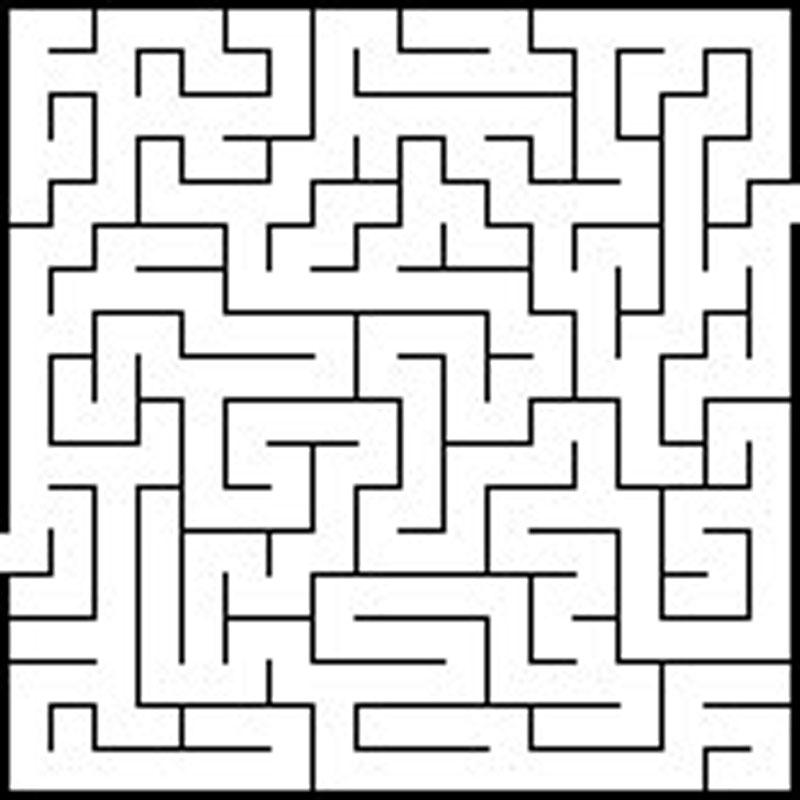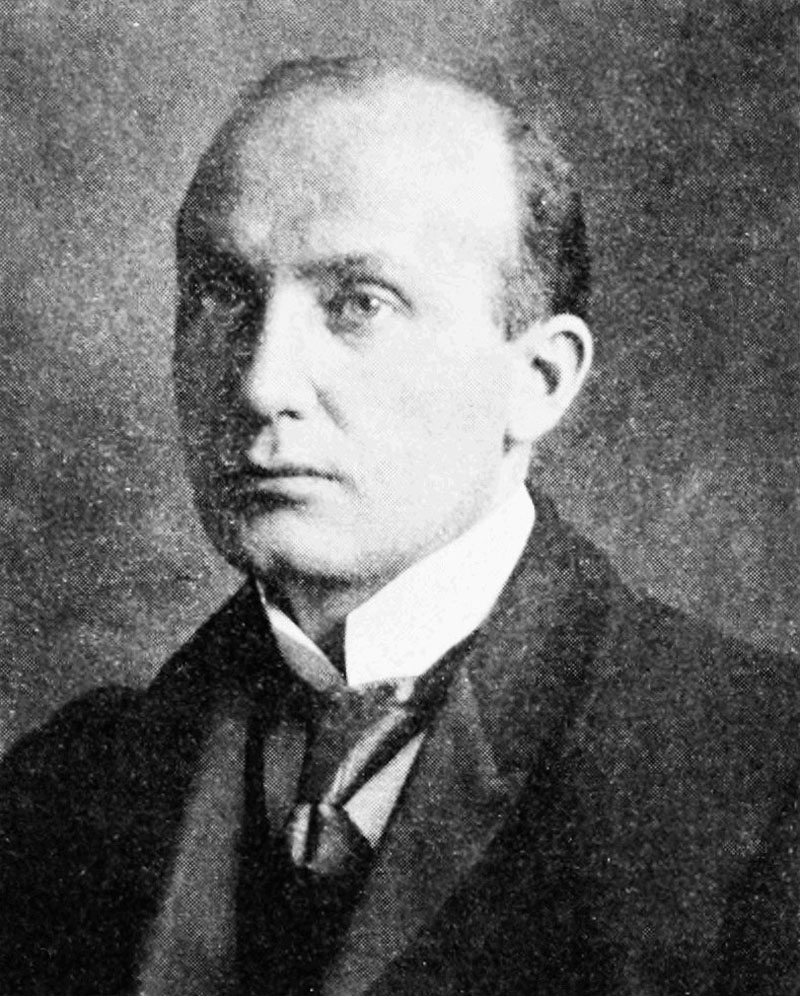Cognitive Models of Learning
- The primary tenet of methodological behaviorism, as expressed in the writings of John B. Watson and others, is that psychology should have only concerned itself with observable events. From Watson's perspective, thinking and emotion lay outside the domain of scientific psychology.
- Robert Woodworth introduced and popularized the expression Stimulus-Organism-Response (S-O-R) to describe his functionalist approach to psychology and to stress its difference from the strictly Stimulus-Response (S-R) approach of the behaviorists.
- Cognitive conditioning is the phenomenon whereby a subject's interpretation of the situation affects their conditioning.
- Latent learning is a form of learning that is not immediately expressed in an overt response; it occurs without any obvious reinforcement of the behavior or associations that are learned. The phenomenon presents a challenge to the view that reinforcement is necessary for learning to occur.
- Preparedness is a concept developed to explain why certain associations are learned more readily than others. For example, phobias related to survival, such as snakes, spiders, and heights, are much more common and much easier to induce in the laboratory than other kinds of fears.
- A cognitive map is a type of mental representation which serves an individual to acquire, code, store, recall, and decode information about the relative locations and attributes of phenomena in their everyday or metaphorical spatial environment.

In a classic study by Edward C. Tolman, three groups of rats were placed in mazes and their behavior observed each day for more than two weeks. The rats in Group 1 always found food at the end of the maze; the rats in Group 2 never found food; and the rats in Group 3 found no food for 10 days, but then received food on the eleventh. The Group 1 rats quickly learned to rush to the end of the maze; Group 2 rats wandered in the maze but did not preferentially go to the end. Group 3 acted the same as the Group 2 rats until food was introduced on Day 11; then they quickly learned to run to the end of the maze and did as well as the Group 1 rats by the next day. This showed that the Group 3 rats had learned about the organisation of the maze, but without the reinforcement of food.

